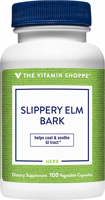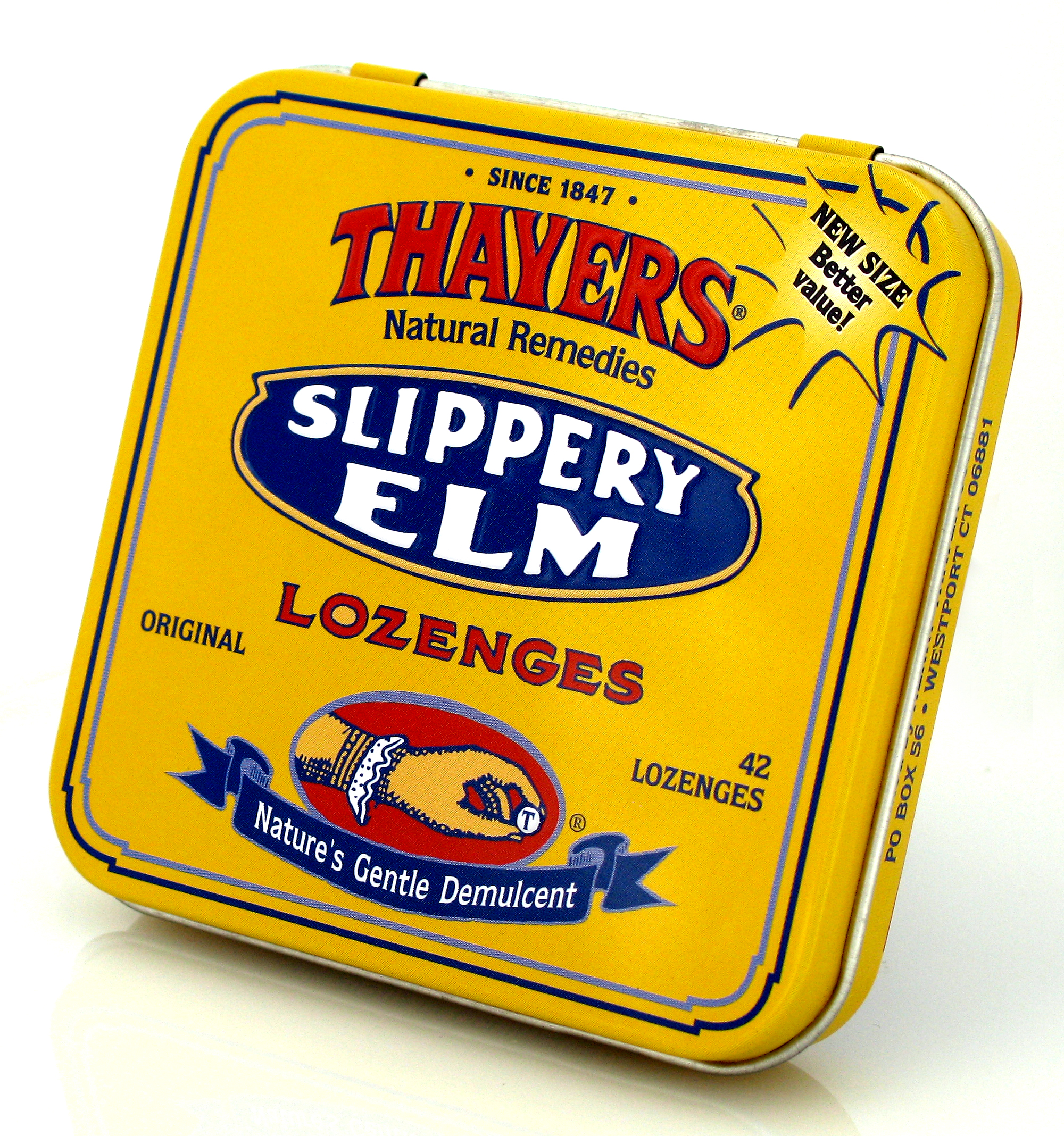Slippery elm is a North American tree with clustered flowers. It mostly grows in a wide area stretching from southern Quebec through to Maine, North Dakota and south into Florida and Texas. Slippery elm gets its name from the slick inner bark, which is the portion of the tree that's used to produce the powders and pills that treat sore throats, burns, constipation, and more.
Forms
Slippery elm supplements are sold in lozenge form, pills, and a fine or chunky powder. The former for teas and extracts, the latter for poultices.[1, 4].
Uses
Slippery elm was used by Native Americans for a variety of problems including infections, swollen glands, constipation, sore eyes, and skin sores. It was also used as a childbirth aid. Today, people use the herb to ease a sore throat, for treating colic, coughs, constipation, urinary tract infections, and burns. It's also used to help prevent stomach ulcers. Slippery elm is added to some baby foods and adult nutritional supplements.[1, 2]
Recommended dosage
Slippery elm doses vary according to form and the age and health of the person taking the supplement.[2] Adult dosage instructions are as follows:
- Lozenges: Check the label for recommended dosage.[4]
- Tea: Two tablespoons of powdered bark per two cups of boiled. Allow it to steep up to five minutes.
- Capsules: Take 400mg to 500mg three to four times per day for four to eight weeks. Drink plenty of water.[4]
- Poultice: Boil water and stir in chunky powdered slippery elm. Allow to cool before applying.[4]
Does slippery elm work
Although lozenges containing slippery elm, especially those commercially manufactured, may effectively relieve a sore throat and irritable bowel syndrome, expert opinion is mixed. There is not enough evidence that slippery elm is helpful for coughs, diarrhea, colic, constipation, cancer, and other conditions.[2, 3]
Drug interactions
Slippery elm interacts with medications taken by mouth. The muscilage, or soft fiber, in slippery elm may decrease the effectiveness of some medications. Take all medications at least one to two hours before slippery elm.[2, 4]
If you are taking any medication, consult your health care provider before using slippery elm. Also, find out how any new medication, whether over-the-counter or prescribed, will be affected by the supplement.
Warnings and considerations
- Do not put slippery elm on an open sore.[4]
- Expert opinion is mixed on whether or not slippery elm should be taken while pregnant or breastfeeding. Some say it eases childbirth pain and discomfort while others believe it could cause a miscarriage. Talk to your doctor. To be safe, avoid using it.[2,4]
References
- USDA Plant Guide; "Slippery Elm"
- WebMD.com; "Slippery Elm"
- Memorial Sloan-Kettering Cancer Center; "Slippery Elm;" Updated 2012
- Unversity of Maryland Medical Center; "Slippery Elm;" Reviewed 2011
Slippery Elm News on PricePlow
-
May 14, 2025 
Product News
The Vitamin Shoppe Slippery Elm Bark was created.
Category: Slippery Elm -
Jan 11, 2024 
Product News
Nutricost Slippery Elm Bark was created.
Category: Slippery Elm -
Jun 11, 2018 
Blog Post
PEScience Symbiont-GI: Achieve Symbiosis in Your GI Tract
PEScience has broken away from "sports nutrition" with a fantastically-formulated digestive enzyme / probiotic / GI support supplement, Symbiont-GI!
Sign up for future Slippery Elm news!
Click the button below to sign up for future Slippery Elm news, deals, coupons, and reviews!

